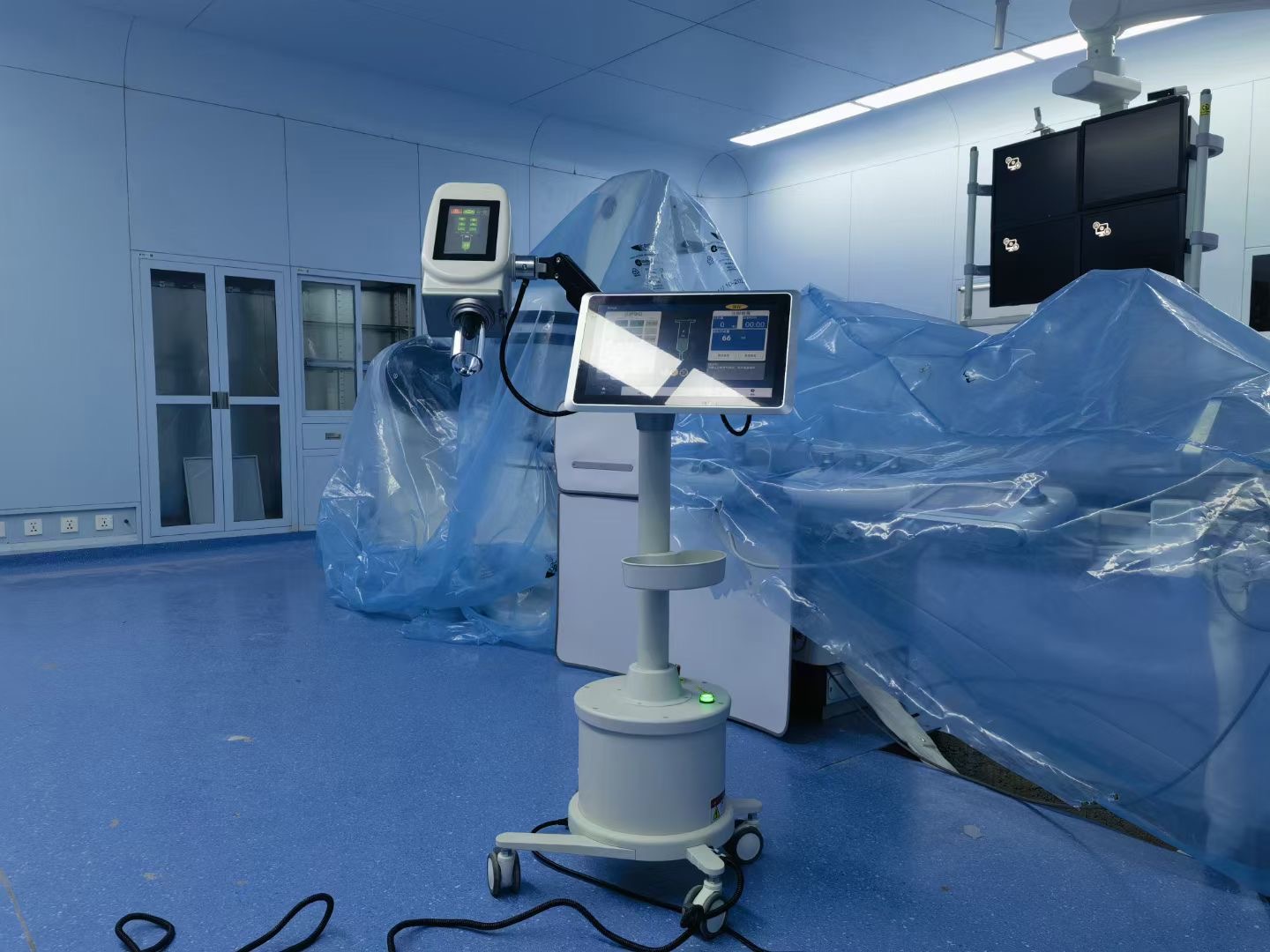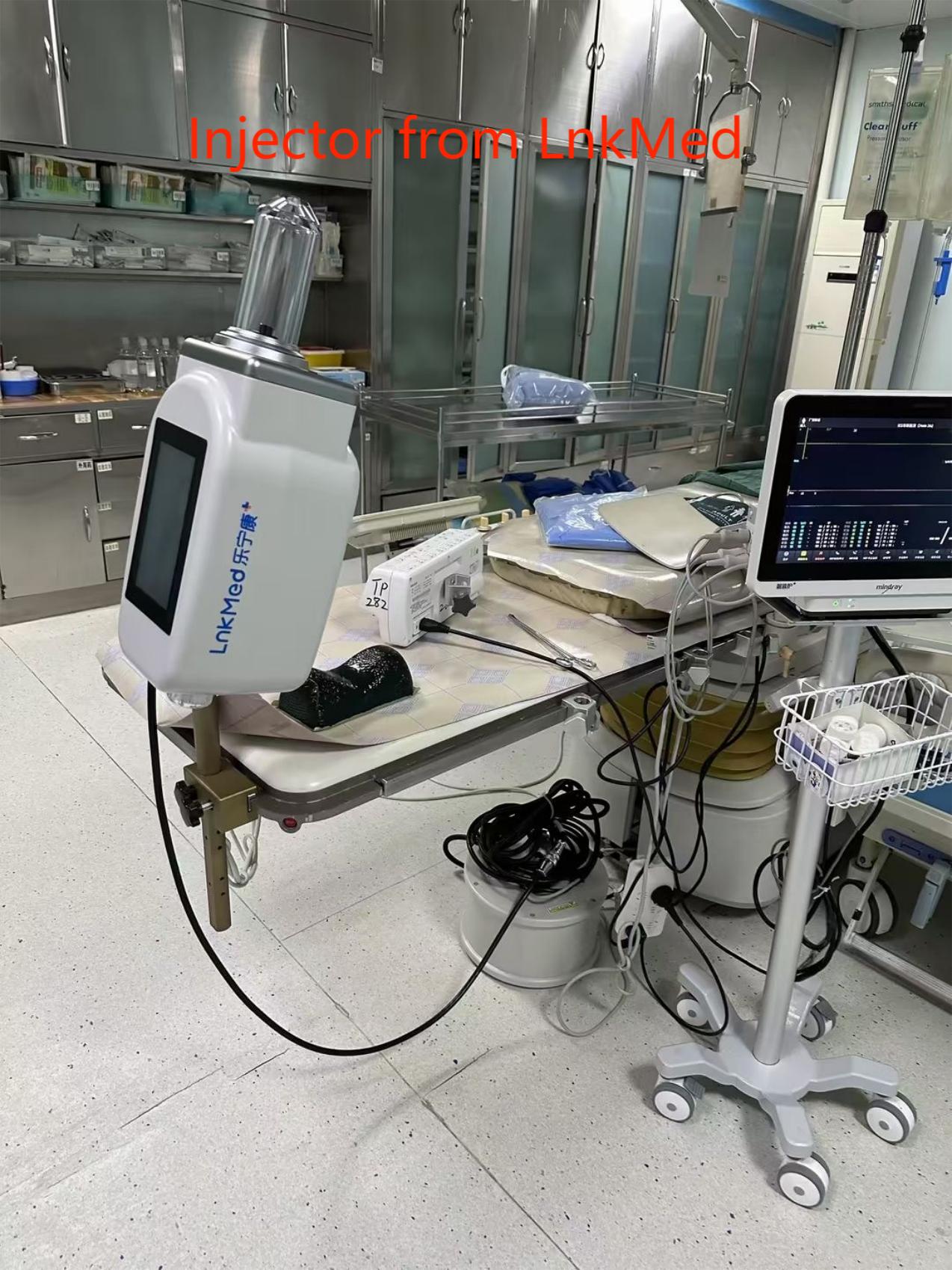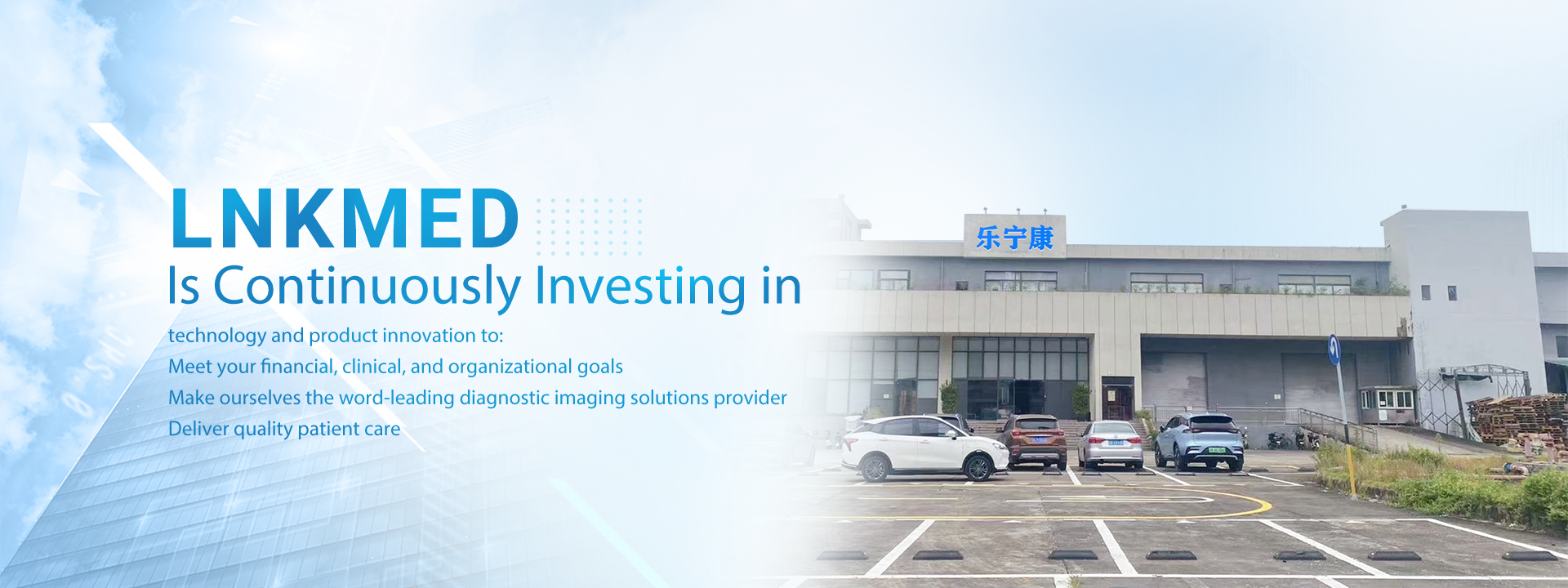The IAEA is urging medical practitioners to improve patient safety by transitioning from manual to digital methods of monitoring ionizing radiation during imaging procedures, as detailed in its initial publication on the subject. The new IAEA Safety Report on Patient Radiation Exposure Monitoring in Medical Imaging, created in collaboration with the World Health Organization (WHO) and the United Nations Scientific Committee on the Effects of Atomic Radiation (UNSCEAR), provides guidance for countries to embrace digital methods for recording, gathering, and analyzing data, resulting in more precise and faster. Digital automated systems also empower radiology experts to fine-tune individual radiation dosages and minimize the number of unnecessary radiological procedures.
Miroslav Pinak, who heads the IAEA Radiation and Monitoring Section, explained that the report includes details on the specific data requirements for various imaging methods, such as X-rays and CT scans. It also delves into the diverse ways in which this data can be analyzed by medical facilities to ensure the prudent and efficient utilization of radiation in medical imaging.
What is Radiation?
Medical imaging procedures are the primary man-made source of ionizing radiation exposure for people, with approximately 4.2 billion performed globally each year, a number that is on the upward trend.
The new publication urges countries to shift from manual methods and embrace digital approaches for recording and gathering data, offering more precise and effective outcomes.
The guidelines can be used for manual methods of gathering and analyzing exposure data, as these are still the only viable option in many areas. However, the publication emphasizes the significant advantages of employing automatic digital systems for collecting and analyzing exposure data,” explained Jenia Vassileva, a former IAEA radiation protection specialist who spearheaded this publication. “The report also acknowledges the significance of standardizing data recording and collection to guarantee compatibility of data from various facilities and equipment.”
Earlier, assessing the doses patients receive from radiological imaging procedures depended on estimated dose values derived from small samples of standard-size patients, and data was manually collected. Automated exposure monitoring systems are capable of recording and collecting larger, more accurate datasets from radiological procedures, streamlining their analysis. This digital process enables medical professionals to more effectively consider factors that impact doses and image quality, including the patient’s weight, height, and age, as well as the imaged area of the body and the equipment used. These systems assist radiology professionals in tailoring doses to each individual patient, ensuring they are neither unusually low nor excessively high, while also working to minimize unnecessary radiological procedures.
Patients requiring frequent imaging examinations can derive advantages from digital systems and electronic registries. These tools enhance the monitoring and dissemination of exposure data for the entire set of images conducted on the patient, thereby reducing unnecessary repetitive procedures and optimizing future examinations.
The release of this publication marks a significant stride in enhancing the availability of patient dose data. It will streamline the worldwide gathering of medical exposure data, managed by UNSCEAR, and enable the evaluation of radiological examination trends and patterns. As a result, it will aid in pinpointing deficiencies in radiation protection and bolstering epidemiological studies on radiation effects,” stated Ferid Shannoun, Deputy Secretary at UNSCEAR.
The produced by LnkMed can display real-time pressure curves and has a pressure over-limit alarm function; it also has a machine head angle monitoring function to ensure that the machine head is facing down before injecting; It adopts an all-in-one equipment made of aviation aluminum alloy and medical stainless steel, so the whole injector is leak-proof. Its function also ensures safety: Air purge locking function, which means the injection is inaccessible before air purging once this function starts. Injection can be halted at any time by pressing the stop button.
All of LnkMed’s high-pressure injectors (CT single injector,CT double head injector, MRI contrast media injector and Angiography high pressure injector)have been sold to China and many countries around the world. We believe that our products will receive more and more recognition, and we are also working towards making product quality better and better. Looking forward to the opportunity to work with you!
Post time: Dec-25-2023











